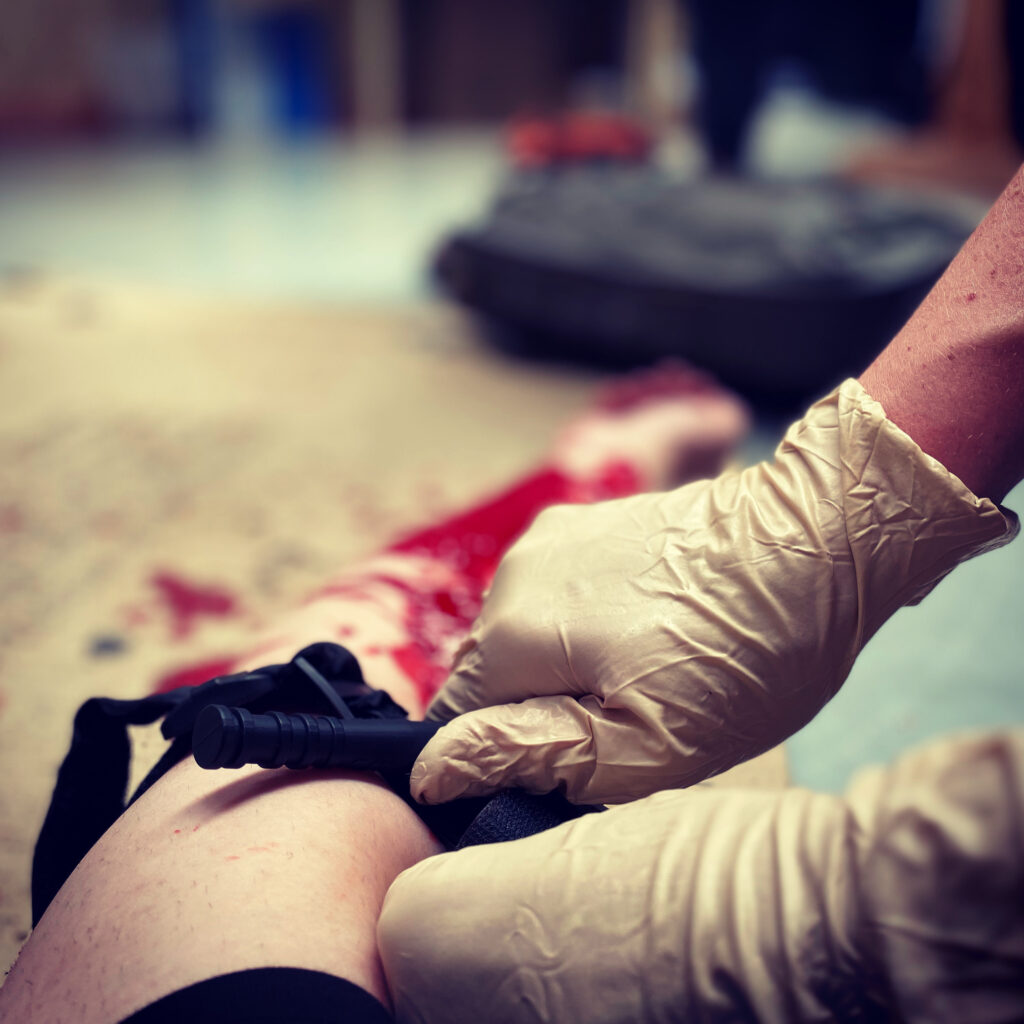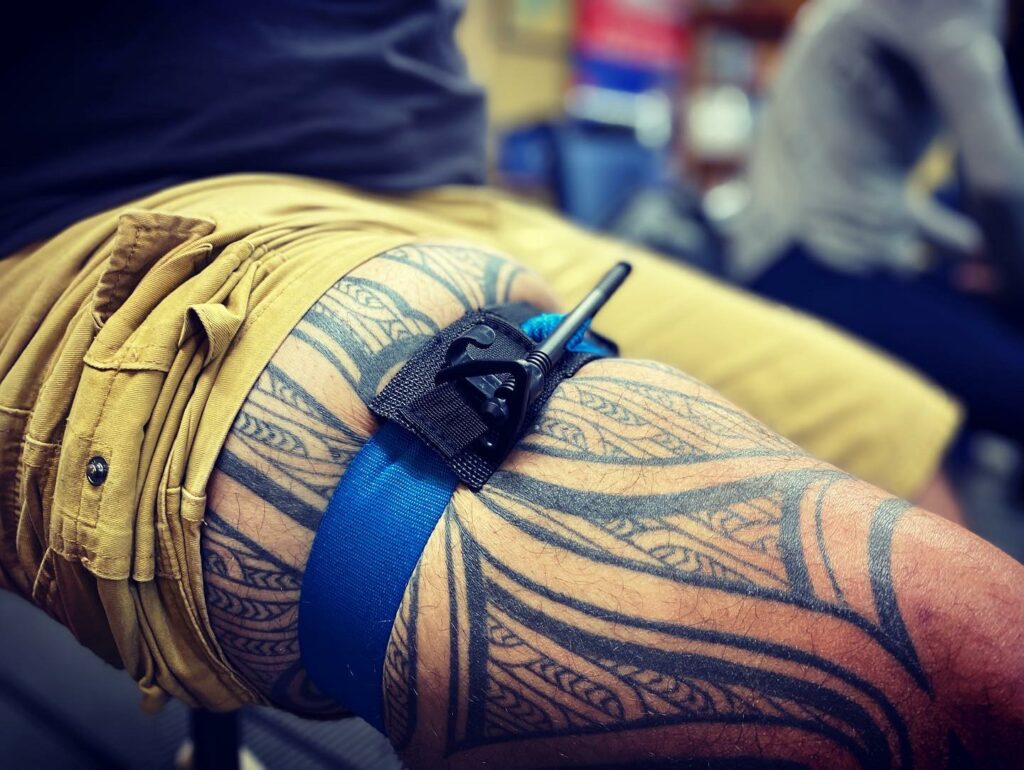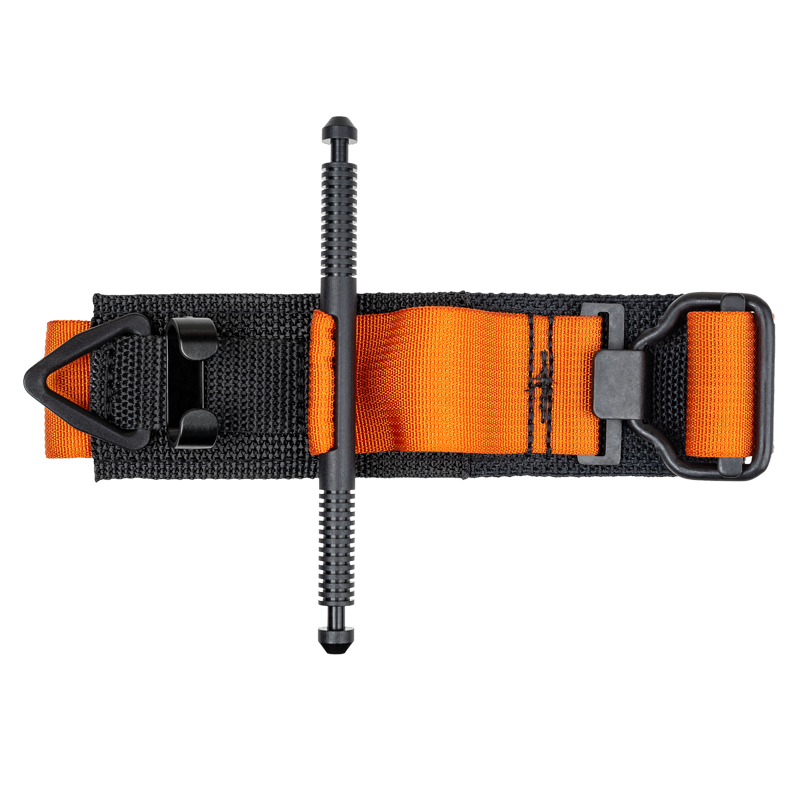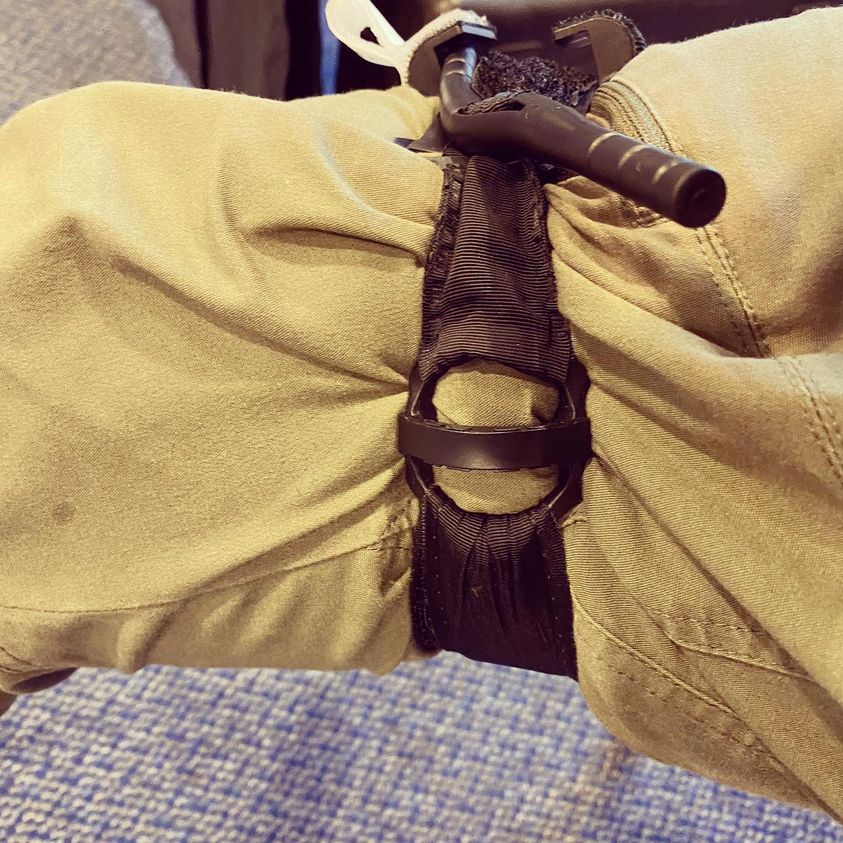- Training
- FIRST AID TRAINING
- Upcoming Public Courses
- Compare Courses
- Workplace First Aid
- Level 1 First Aid + Stop the Bleed®
- Level 2 First Aid + Stop the Bleed®
- Remote Areas First Aid
- Level 2 + Remote Areas First Aid
- Stop the Bleed®
- Refresher Training - Level 1
- Refresher Training - Level 2
- Prehospital Emergency Care
- Custom First Aid Training
- TACTICAL TRAINING
- HEIGHTS SAFETY TRAINING
- READINESS ASSESSMENTS
- FIRST AID TRAINING
- Shop
- Resources
- Contact
- Book








